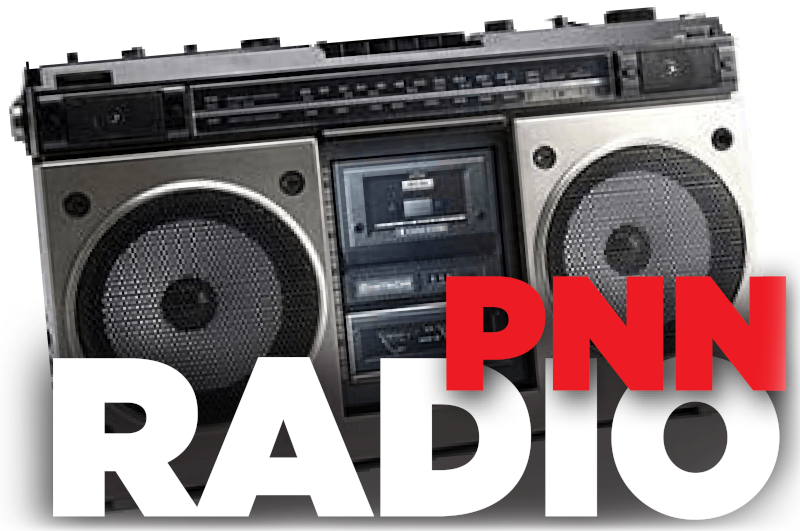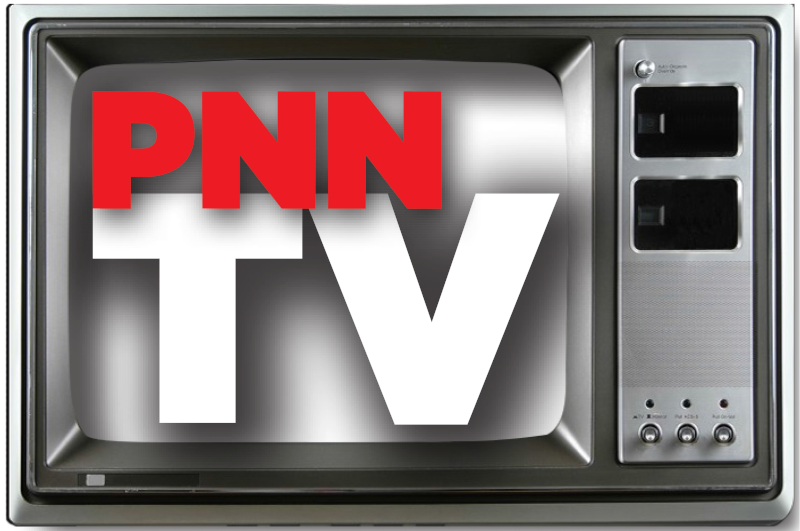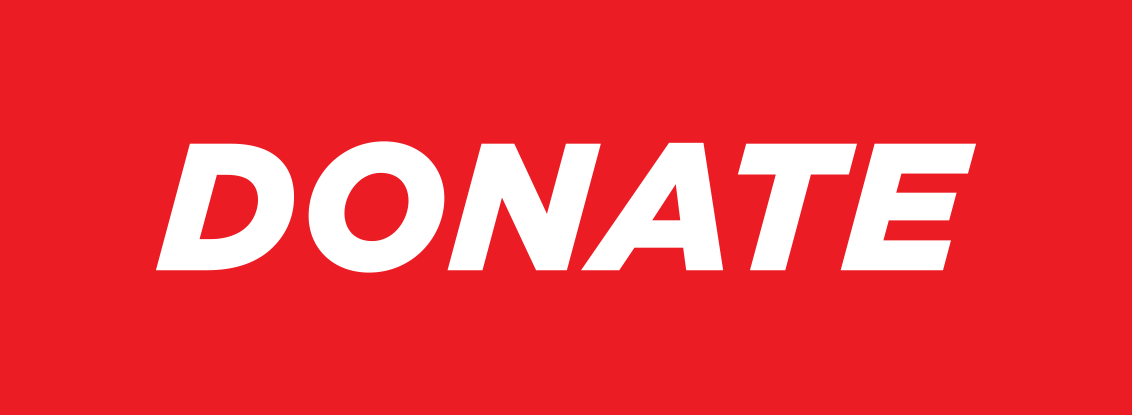An Ode To Jane “in Vain” Winkelman- a revolutionary artist and Poverty Hero
A Wombyn swims through a sky of hell- passing symbols of system oppression, poverty, capitalism, the cult of independence and its bed-mates, loneliness, isolation, depression, and sorrow. A wombyn swims through her own image up to the sky to liberation….
I met Jane “in Vain” Winkelman’s art in 1997. I was on welfare (General Assistance) as it is called in Oakland and San Francisco I was standing in the Coalition on Homelessness office trying to get a some help with a welfare worker who had just called me lazy and not “fit” to do “anything”
POOR Magazine, an act of “media resistance” as me and my Po’ single mama called it when we fought to create an intentionally glossy, arts magazine on issues of poverty, race, disability and resistance, was also in love with Jane in Vane’s art at first sight.
When we discovered her art we had already published two issues of POOR filled with revolutionary writing and art by poor and indigenous youth, adults and elders, and us po folx in struggle were working on Volume 3 The Work Issue. It was going to be one of the most powerful issues yet that me and mama were going to release to date.
Our writing “process” and submission “guidelines” were written, distributed and discussed in our shelter beds, the back seat of our csr, the welfare office where we worked for government crumbs, and the street corner where we hoped for day labor. We were going to redefine WORK as the unrecognized labor of panhandling, recycling, mothering, workfare working, street vendoring, and im/migrant day laboring. We were creating a revolutionary publication like nothing that had been created before or since, written and produced by poor and indigenous peoples in struggle.
The visual art was, like the poetry, journalism and prose in POOR Magazine an integral part of the whole project. Most of our contributing visual artists were either houseless who like “Herbie” sold his art on the street painted on the back of cardboard boxes he got at the liquor store recycling pile, youth in poverty who were friends of mine or who painted at the Hospitality House Art studio, a powerful place of refuge for artists in poverty considered by the stolenland class controlled art industry as “Outside” art,, another mythos of wealthy white people who decided, in their special kind of arrogant way, long ago, what high art, and low art, and real art even was.
Me and my mama, an orphan of a Carribean Black Indian father and a Roma (Gypsy)- Irish mother and me a non-formerly educated poverty skolar, made art by any means necessary to survive as street vendors, were viewed as “crazy” “outsiders” “erratic” and dangerous as wombyn, as houseless, as a mother and daughter, we were almost completely alone, in our art-making world. And then we met Jane in Vane-
“I have always admired you guys,” Jane said to me the first time I spoke to her. “I love what you and your mother do” We finally connected because of the beautiful artist Margaret Tedesco, a dedicated friend to Jane. I was humbled because I was in awe of her work. Painting so many beautiful and serious images about the lives of poor people, poor wombyn, poor elders caught in the endless struggle to stay alive , to get a kkkrum from welfare, food stamps, general assistance.
With each painting Jane would create another message of beautiful resistance. Another lie of poverty pimpology budget cuts and government scarcity models was shattered. Her characters were usually female, and always with an expression of almost innocence and confusion at the seemingly endless obstacles that surrounded them
In one infamous image called The Parlor Game, a wombyn is in the middle of a monopoly-like game board being used and/or confused by her impossible “choices”. Another theme that showed up in most of her work was the female character is part of the landscapes, the trees that hang down, the buildings that surround, the bridges, the walkways, the sky, the airplanes.
Jane lived in Single Room Occupancy Hotels (SRO’s) aka poor people housing in San Francisco and Florida, dealt with serious depression and so often, like so many of us in poverty, felt overwhelmed, overwhelmed by what she couldn’t do, couldn’t accomplish, couldn’t attain. And the lies so integrated in capitalist defined productivity and success, survival and “independence”.
Jane in Vane’s art was created by a wombyn in poverty, a wombyn who dealt with houselessness and a wombyn who struggled with a “diagnosis” Jane in Vane’s art was a resistance to poverty, to “mental health” notions of normalcy, to ridiculous ideas of who is an outsider and who is an insider. Jane in Vane penetrated the exclusionary boundaries of the art industry and painted us all in.
Jane “in Vane” Winkelman transitioned on her spirit journey June of 2012. She had suffered with a serous illness for a long time and took her own life. Her poverty heroism will NEVER be forgotten.



